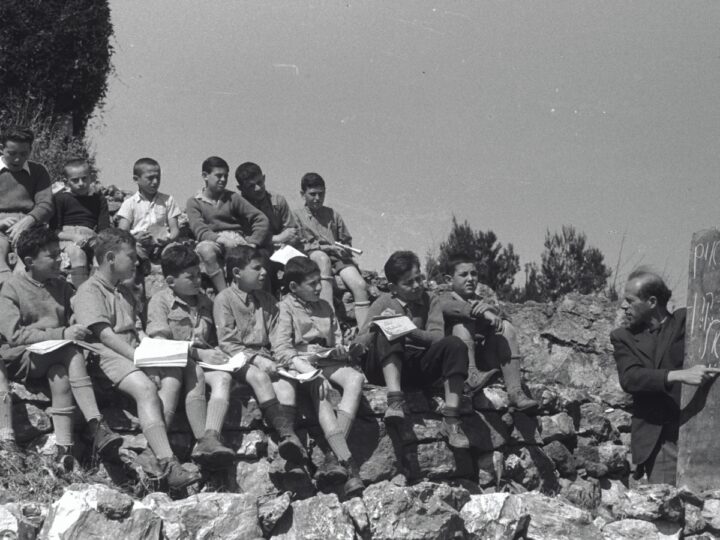How does a school improve educational accomplishments and behavior in classes composed mostly of boys? Add girls, according to researchers at the Hebrew University of Jerusalem and Princeton University in New Jersey.
Contrary to the common belief that equally mixed classes cause boys to show off for the girls and girls to “dumb down” for the boys, their new research reveals that classes composed of over 55 percent girls result in better exam results and less violence overall.
Prof. Victor Lavy of the Hebrew University and Prof. Analia Schlosser of Princeton found that pupils in classes that comprise more than 55 percent girls are more successful in their studies than those in classes composed mainly of boys. This is due to girls’ positive influence on the class environment.
One of the findings of the research, which was carried out among half a million school children studying within the Israeli public school system during the 1990s, reveals that high school classes with a higher proportion of girls have a higher level of scholastic achievement – reflected among both the girls and the boys.
Matriculation success rates are also significantly higher than in classes with fewer girls. In addition, boys who have a higher proportion of female peers have higher enrollment rates in advanced math and science classes during high school.
Opening classes exclusively for girls, they argued, will remove girls from mixed classes, which will negatively affect the scholastic achievements of boys. One therefore has to weigh the advantage girls receive in a girls-only class versus the negative affect on boys in mixed classes with fewer girls.
Haredi schools are all sex segregated, and boys and girls learn different subjects. State religious schools have increasingly become more observant, with a growing number keeping boys and girls completely separate in different educational institutions.
In primary schools, the researchers found that classes with a majority of girls exhibit increased academic success – among both boys and girls – with a noted improvement in subjects like math, science and technology. In grades seven and eight, the main improvement in classes with more girls is in the girls’ academic level in math, languages and English.
The researchers explained that the reason for the improvement in academic levels is the positive influence that girls have on the social and scholastic environment in the class. They found that a higher percentage of girls lowers the level of classroom disruption and violence, improves inter-pupil and pupil-teacher relationships as well as pupils’ overall satisfaction with school and lessens teachers’ fatigue.
Interestingly, however, the research shows that the higher level of scholastic achievement in classes with a higher proportion of girls is due to the gender composition of the class and not to improved individual behavior of either the boys or girls in the class.
In their research, Lavy and Schlosser used a range of measures to test the level of studies and the class environment. To determine the study level, they compared matriculation exam results, study units and matriculation success rates in classes with different gender compositions. To ascertain the social and scholastic environment, the researchers compared questionnaires distributed to the pupils in which they asked them to express their opinion on their behavior and that of their friends toward their studies.
The researchers maintained that understanding the effects of classroom gender composition is important for assessing the consequences of imbalanced sex ratios in coeducational schools and for determining allocation of resources within and between schools.
Resource allocations, they claim, must take into account the proportion of boys in each grade to compensate for the negative influence a majority of boys in a particular class has on the school environment and on the effectiveness of teaching and learning. A class with a majority of boys, for example, requires a certain style of teaching and character of teacher to suit the gender composition.
Printed courtesy of The Jerusalem Post















